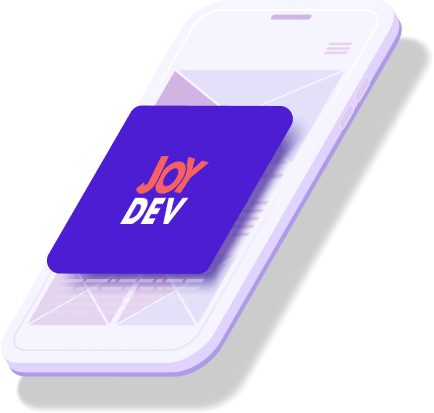The process of development always starts with the assessment of the project tasks. It gives an idea of the amount of time to be spent on work. However, task assessment often becomes a stumbling rock for the team of developers and the client. To make this process easier for all, we suggest considering the most effective strategy for project assessment.
Why Do We Need Assessment?
First of all, we should distinguish the estimation of terms and estimations of risks. The first defines when a task will be fulfilled. The second shows how much time will be needed for its testing and bug fixing. We should understand and remember that these two estimations are not equal. For example, if for a task development 5 days are set aside, this doesn’t mean, that the task will be ready in 5 days. Some extra hours may be necessary to finalize it.

Types of Estimations
There are several methods to estimate a project. They all meet the rules of Agile development. They allow every team member to work quickly.
1. T-Shirt Sizes
In this method, the sizes of t-shirts are used. The sizes are specified by the sizes in the USA. There are several sizes: Small (S), Medium (M), Large (L), Extra Large (XL), etc.
The team of developers has to estimate a task according to one of the t-shirt sizes. First, several tasks are estimated preliminary to find the smallest of them and give them the smallest size. For example, XS. Then other tasks are estimated according to XS size. If a task is estimated as the largest one, XXL e.g., it becomes evident, that we should apply a decomposition.
Pros:
- a compelling technique that allows working with a great amount of information;
- drawing up the balance to one size allows estimating many tasks within a short time;
- this method allows starting the estimating as soon as possible and then use other numerable techniques that may take more time.

2. Planning Poker
In this method, every team member gets the card deck with the values from 0 to 100 or the Fibonacci sequence. The team discusses the task, specifies the details. After that, every team member chooses one of the cards to estimate this task.
If this task is estimated for the same value it gains the final estimation. If it isn’t, the discussion continues. The members who provided the smallest and the biggest estimations explain their decision. The process repeats until the final decision wouldn’t be made.
Pros:
- allows estimating the tasks relative to each other;
- engagement of every member to the process, what can be difficult to achieve with other estimation techniques;
- improves the understanding of every task, because when the estimations don’t coincide the task is discussed by the team.
3. Bucket System
To estimate a task using this method the following numbers should be located on some surface: 0, 1, 2, 3, 4, 5, 8, 13, 20, 30, 50, 100, 200. Then all the tasks should be written down on separate cards. The first task is set on one of the numbers. Then every member places the cards on the graph depending on the first task: which of them will take less or more time.
After placing all the tasks the team reviews the order and decides which of the tasks are estimated right. If some of the users don’t agree with some cards, all the members discuss where it can be transferred.
Pros:
- about 100 tasks can be estimated for one hour;
- all the team is responsible for task setting. This increases the engagement of every member of the process;
- allows participating a great number of people.

4. Dot Voting
In this approach special dots corresponding to the values set for a task. All the tasks are written down at the desk. The members sort the tasks with the help of stickers or magnets. The more complex the task is, the more dots it gets. When all the members place their estimations, the general number of dots for every task is counted. As a result, the tasks are sorted according to their complexity and time needed for their fulfillment.
Pros:
- quite simple and compelling method to estimate a great number of tasks simultaneously;
- gives opportunity to every team member express his/her opinion;
- discussion is built on several key tasks.
5. Maximum Size or Less
In this method, the members first define the maximum size of a task. As a rule, the biggest task shouldn’t be done for more than 1 day. After that, each task is discussed to define whether it is bigger than the biggest value, equal or less. If the task is more, the team uses decomposition and repeats its estimation.
Pros:
- best for initial tasks estimation for further detailed estimation within each category;
- a simple method for evaluating a small number of tasks;
- allows immediately decomposing tasks and determining their priority.

How to Perform Tasks on Time?
A variety of methods for project estimation allows getting the most accurate result about the time necessary for its development. In accordance with this, the client forms and gives a budget to realize it. Because of this, the violation of terms leads to extra expenses for the client.
To avoid these situations our team seldom practices additional estimations. We always meet the realization deadlines. Work of the project manager with the team of developers, constant communications with the client, detailed work over the technical requirements makes it possible to release the product on time. This, in turn, serves as the guarantee for the client that he/she will fit the budget. That’s why our team works with fixed price projects and fixed time.
So, if you have an idea for the project we will gather a team for you, help to decide on the functional, count MVP, and estimate the project. Write to us, and together we’ll create a high-quality and high-demand product!








